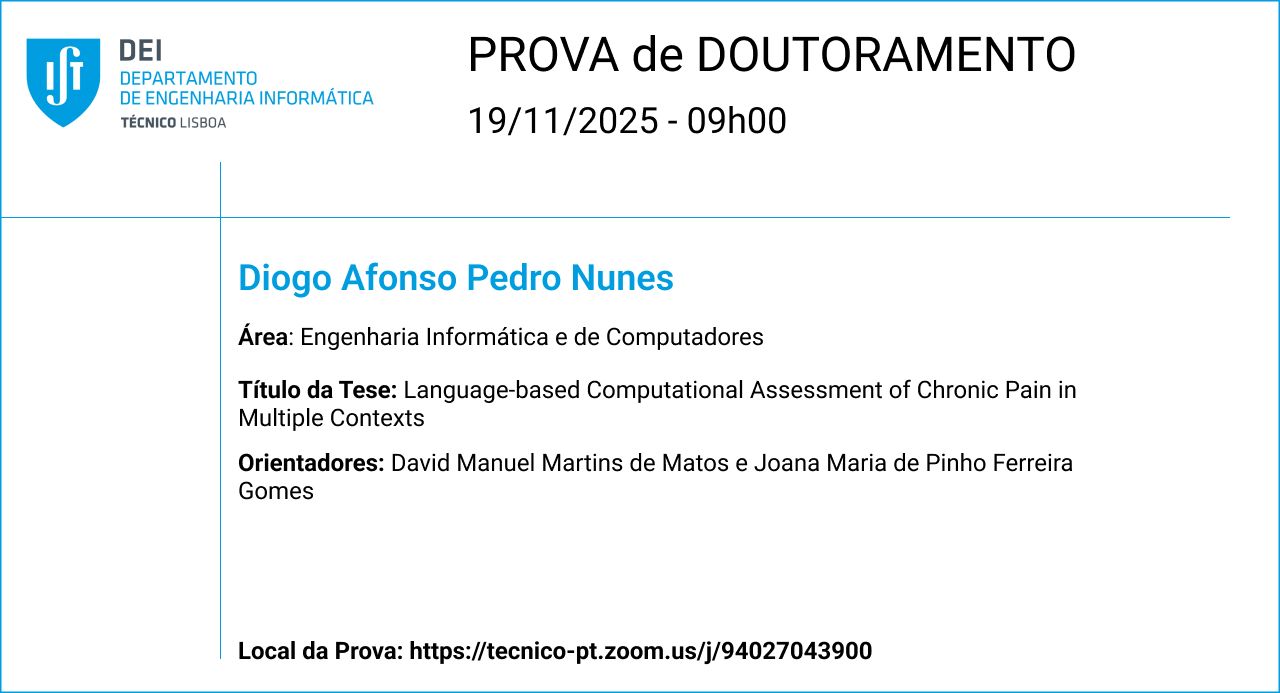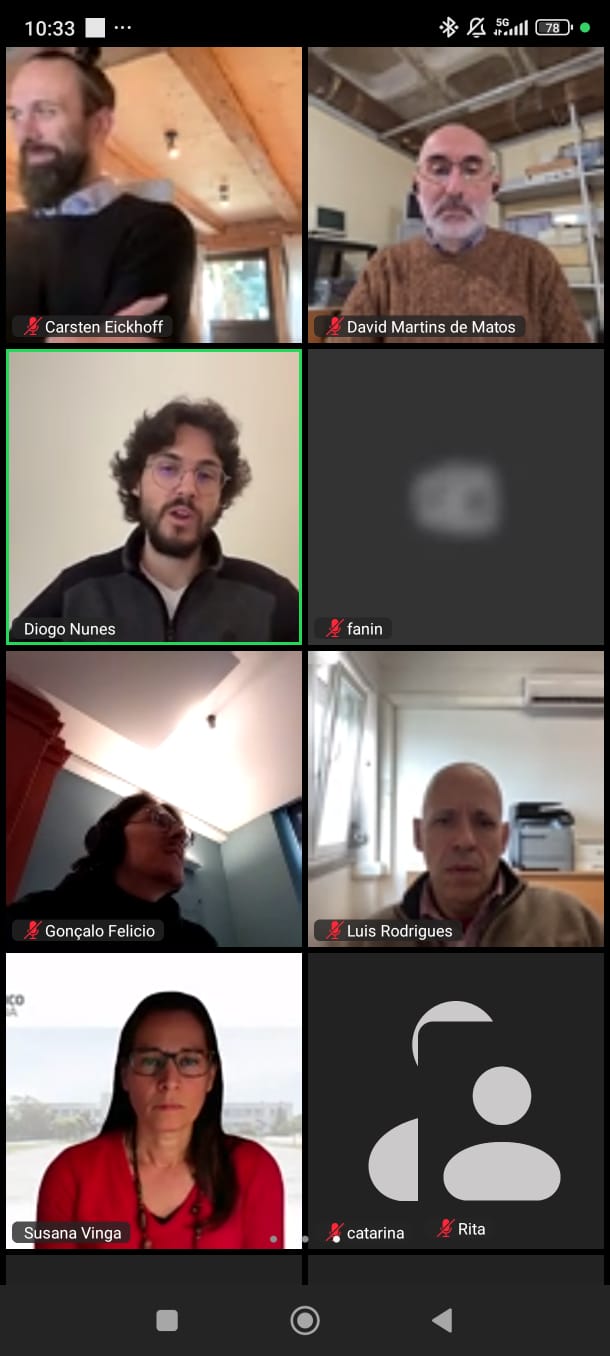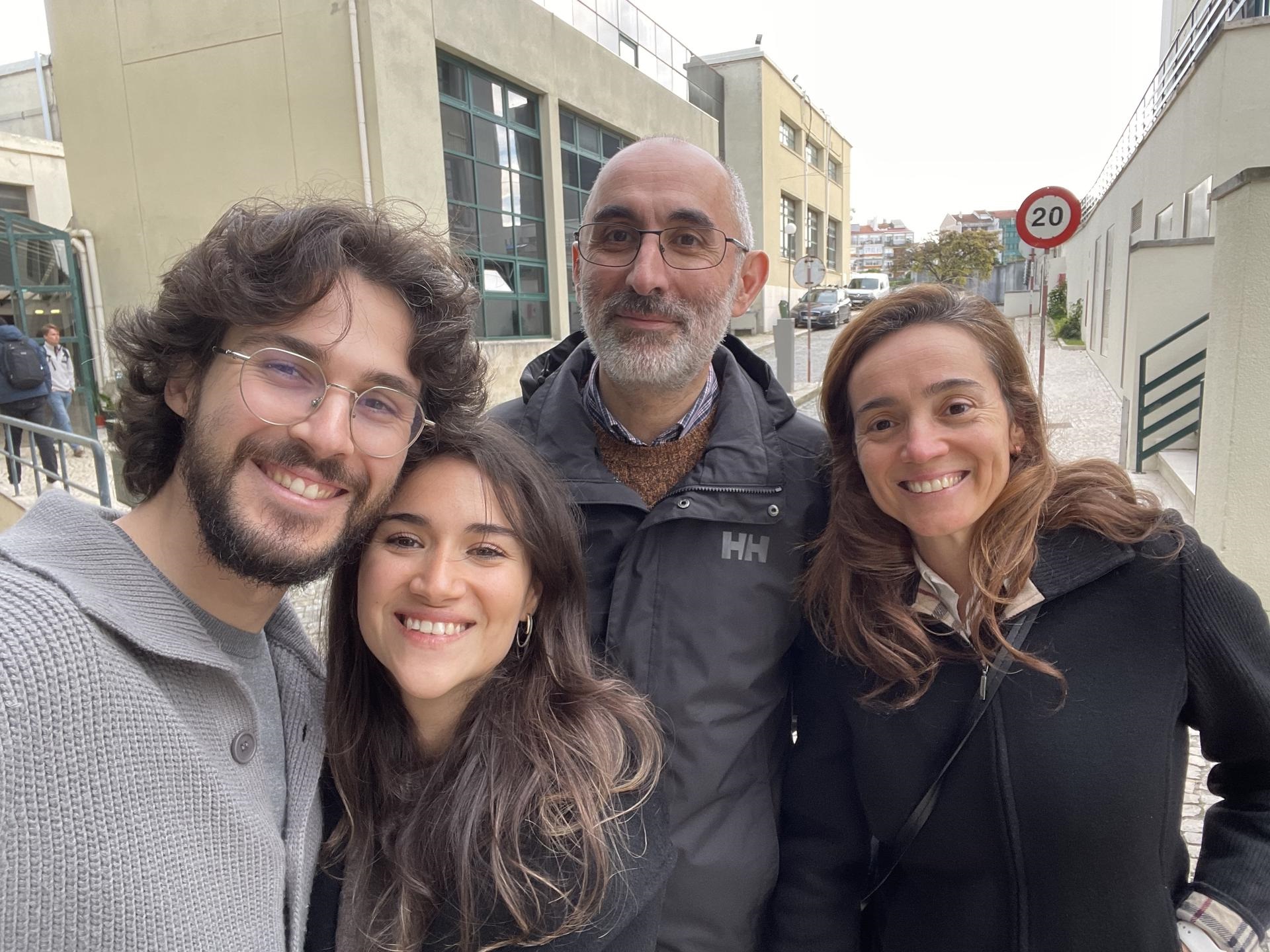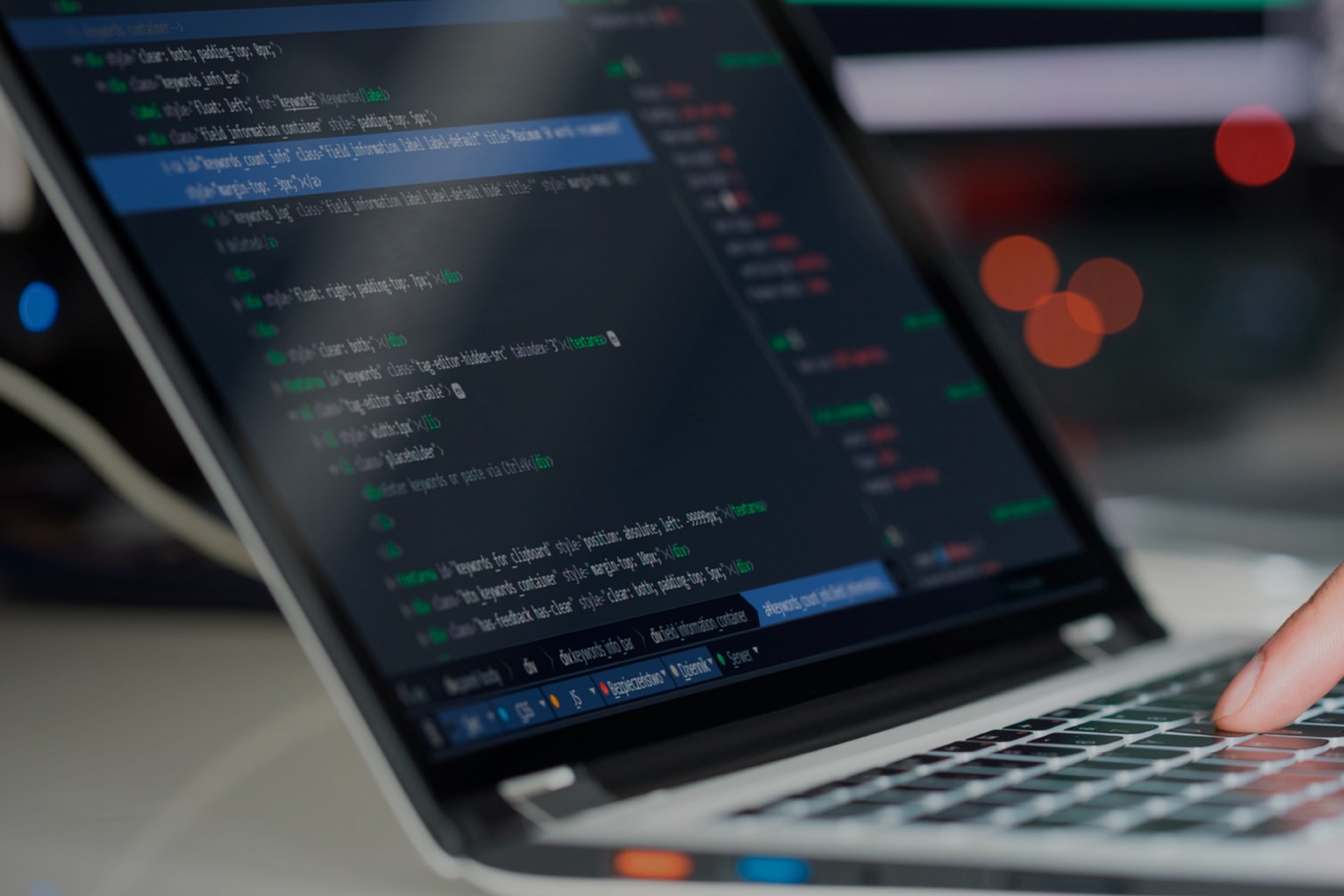Prova de Doutoramento do aluno Diogo Afonso Pedro Nunes

Área: Engenharia Informática e de Computadores
Título da Tese: Language-based Computational Assessment of Chronic Pain in Multiple Contexts
Local da Prova: https://tecnico-pt.zoom.us/j/94027043900
Data: 19/11/2025
Hora: 09h00
Abstract: Chronic pain is a complex, multi-dimensional condition encompassing sensory, emotional, psychological, and sociocultural components, posing significant challenges for its clinical assessment. Existing clinical assessment methods – self-report questionnaires, observations, and interviews – often introduce subjectivity, limit patient linguistic expressivity, and struggle to capture the full spectrum of the patient's experience. While NLP has been applied to various healthcare domains, its potential for systematically analyzing the language of pain remains underexplored. Guided by patient-centered approaches, our work was split into three research objectives. First, we collected and analyzed language of pain "in-the-wild", in comparison to that in clinical interviews. This informed whether language of pain outside the clinical context was relevant for clinical assessments, empowering patients with reliable clinical metrics on their day-to-day. Second, we leveraged this "in-the-wild" data for fine-tuned clinical state prediction modeling. This addressed the extremely high cost of clinically validated language data through domain adaptation techniques, the results of which are transversal to all healthcare NLP research. Finally, third, we systematized the evaluation of robustness and generalizability of a suite of NLP pipelines, including our fine-tuned models, in a multi-dimensional pain assessment task. Our results show that the computational analysis of patient language of pain can predict multiple dimensions of the chronic pain experience, such as base-pathology, pain intensity, affect, catastrophizing, depression, and anxiety, and that these generalize across multiple languages, cultures, and clinical interview formats. We also show how our models can be integrated in self-management applications, empowering patients with clinically relevant analysis and insights based on their own language of pain, in their daily lives.


